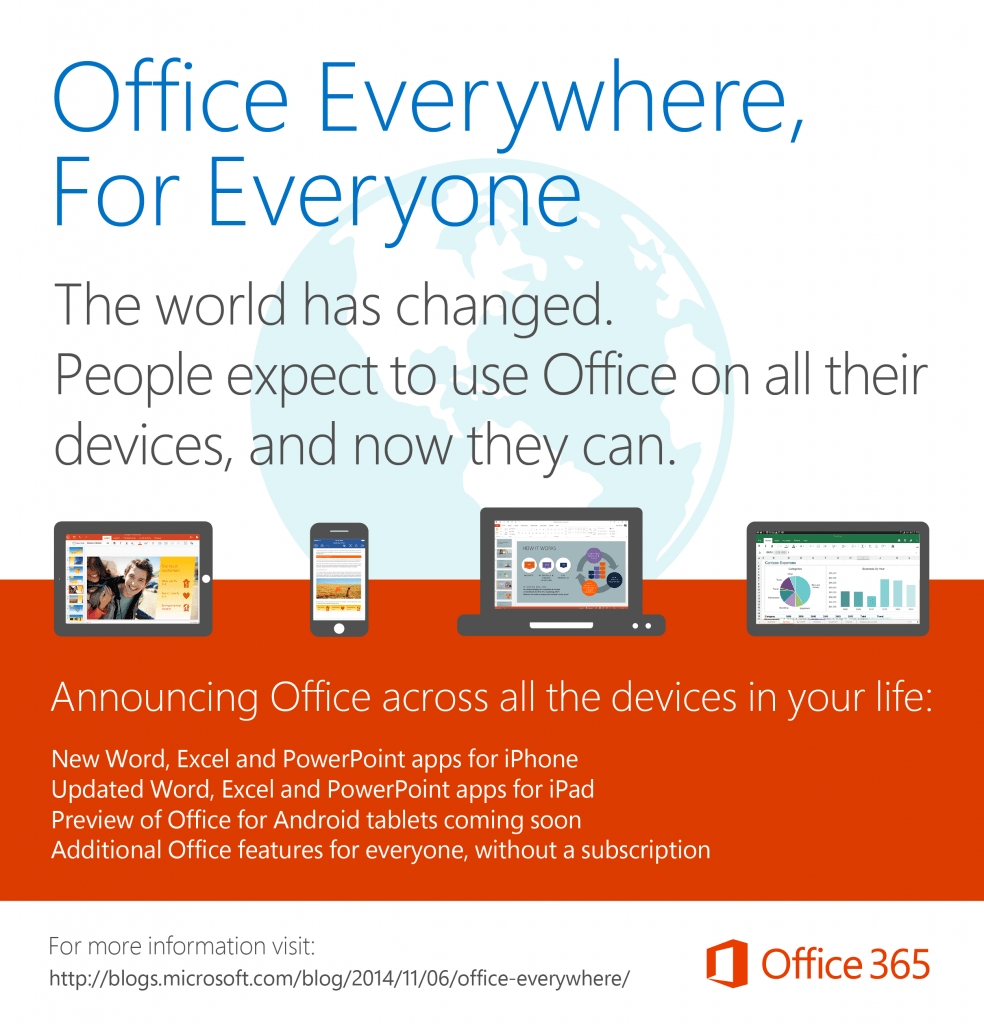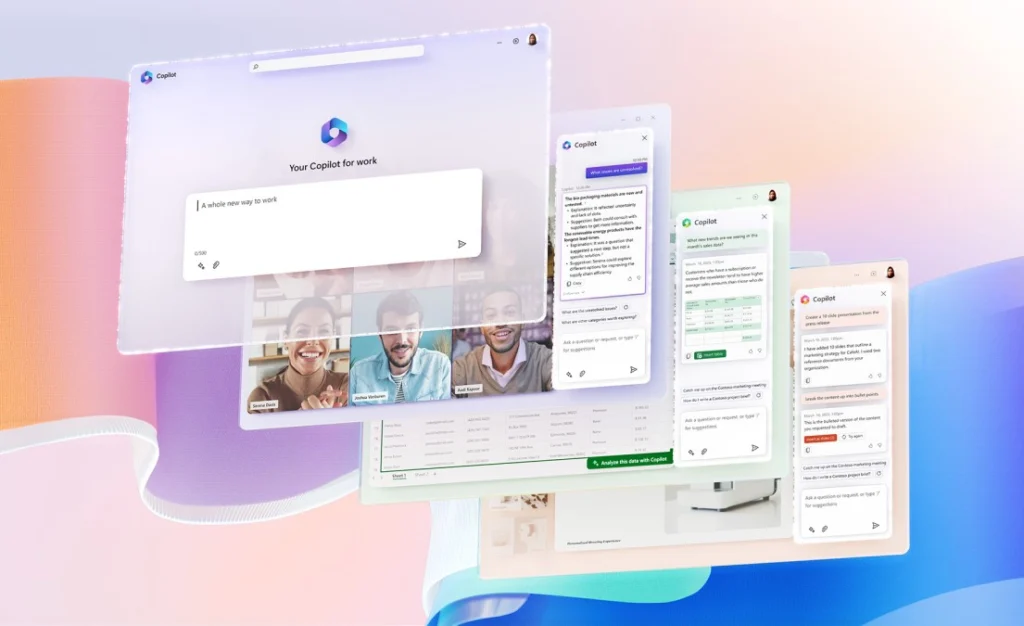Microsoft is expanding the scope and capabilities of its various Microsoft Office apps at a dizzying pace. As soon as we get comfortable with the new status quo, Microsoft makes another announcement to raise the bar again. The question, though, is “Why?” How come after years of hoarding Microsoft Office as bait intended to lure and keep customers inside the Windows platform, Microsoft is now aggressively expanding and offering Office for free on just about every device and platform in use?
I wrote a blog post exploring that question, and came up with three reasons:
Microsoft upped the ante for Microsoft Office once again last week with the announcement of the Office for Android tablets preview, new Office for iPhone apps, and an updated Office for iPad app. This move is part of Microsoft’s continuing effort to expand the sphere of influence for Microsoft Office beyond Microsoft’s own ecosystem, and it achieves three major goals.
There is a bigger picture involved. Microsoft recognizes the changing tech landscape and realizes that it can’t depend solely on PCs and the Windows operating system. It’s a new world where mobile devices are king, and Microsoft needs to make sure that customers stay invested in the broader Microsoft ecosystem no matter what device or platform they choose.
To that end, here are three reasons Microsoft has expanded the features and capabilities that users can access for free from their iOS and Android mobile devices.
1. Consistency
Microsoft has been slowly extending the reach and availability of Office across different platforms, but one of the hurdles Office still faced is the fact that the experience varied drastically from one device to the next. Office Mobile for iPhone was already available for free. The problem was that it was organized completely different from the Word, Excel, and PowerPoint apps available on the iPad, and the capabilities were more limited.
Read the complete article on TechRepublic: 3 reasons Microsoft made Office free for iPhone and Android.
- Cybersecurity’s Unsung First Responders Step Into the Spotlight - October 16, 2025
- How AI and Integration Are Transforming Software Security - October 13, 2025
- Fighting Machines with Machines: How AI Is Redefining the SOC - October 6, 2025




Comments are closed.